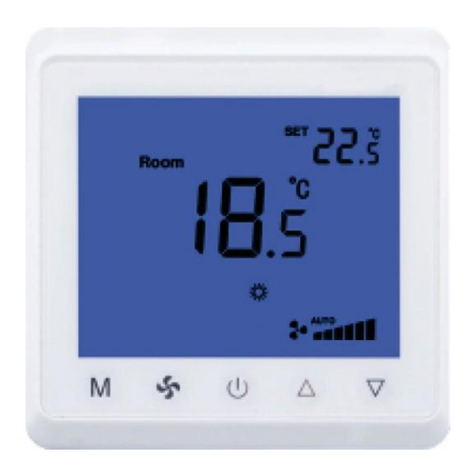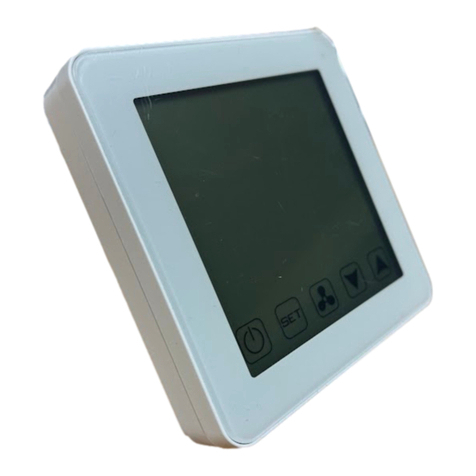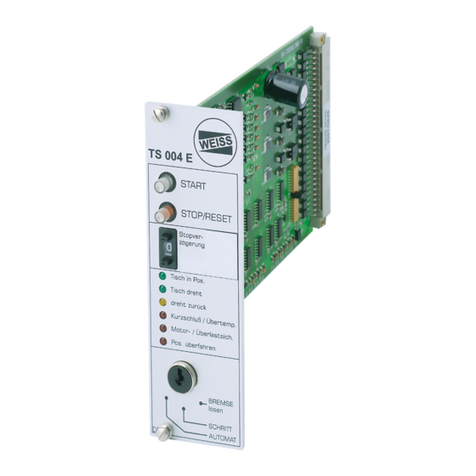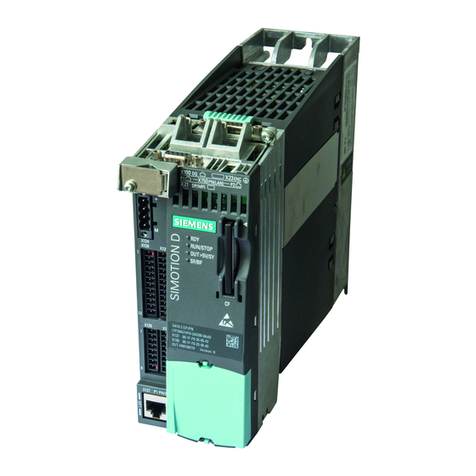
1. Safety instructions
1.1 Safety and application instructions
Validity:
These instructions apply to control cards in the model series:
TS 002 E
TS 003 E
TS 004 E
Symbols:
Warnings are emphasised by a safety symbol and are shown as follows depending on the degree of risk:
Importance of the operating instructions:
This manual contains important information for working safely with the control card. It contains safety instructions which
must be observed as well as information necessary for trouble-free operation. The operating instructions must be kept
with the device. It must be ensured that all persons who work at the device have access to the operating instructions at
all times.
In addition to the operating instructions for the control card, the operating instructions for the indexing table and the
operating regulations subject to the labour protection laws must also be provided.
The operating instructions must be kept in a safe place for further use and must be passed on to every subsequent
owner, user and end customer.
The indexing table with the control card may only be started up when the whole machine and control system, in
particularly the safety system, correspond to the machinery directive 98/37/EC.
Target group:
The operating instructions are aimed at persons who are involved in the planning, installation, starting-up, and
maintenance of the system and who have the qualifications and know-how appropriate for this work. Qualified personnel
are persons who have the necessary qualifications and who are familiar with the execution of the work cited above and
the operation of the system. All work in other areas such as transport, storage and disposal must be carried out by persons
with the appropriate training.
Danger!
Imminent danger. Fatal injury, death or substantial material damage can be
caused if the appropriate safety measures are not taken!
Warning!
Minor injuries may occur if the appropriate safety measures are not taken.
Electrical hazard
Warning against hazardous voltage
Useful information































